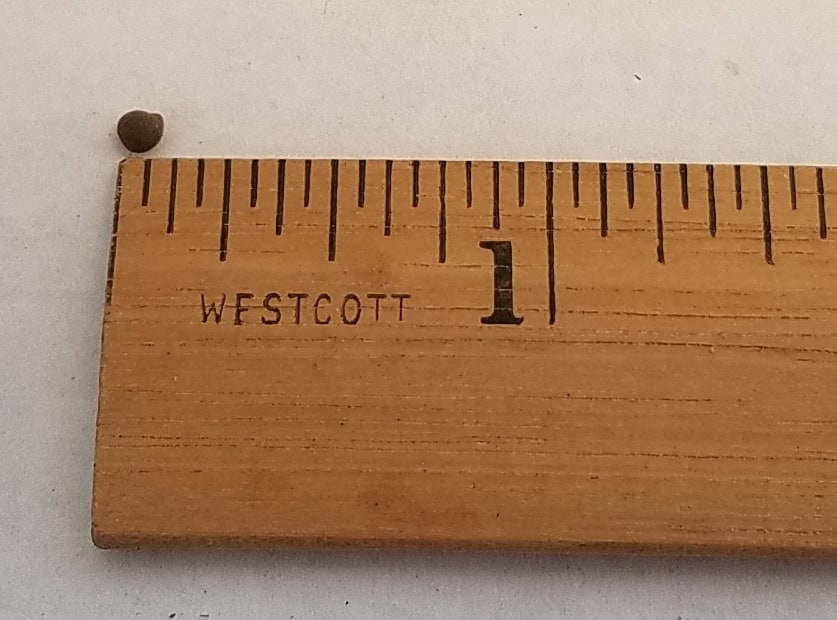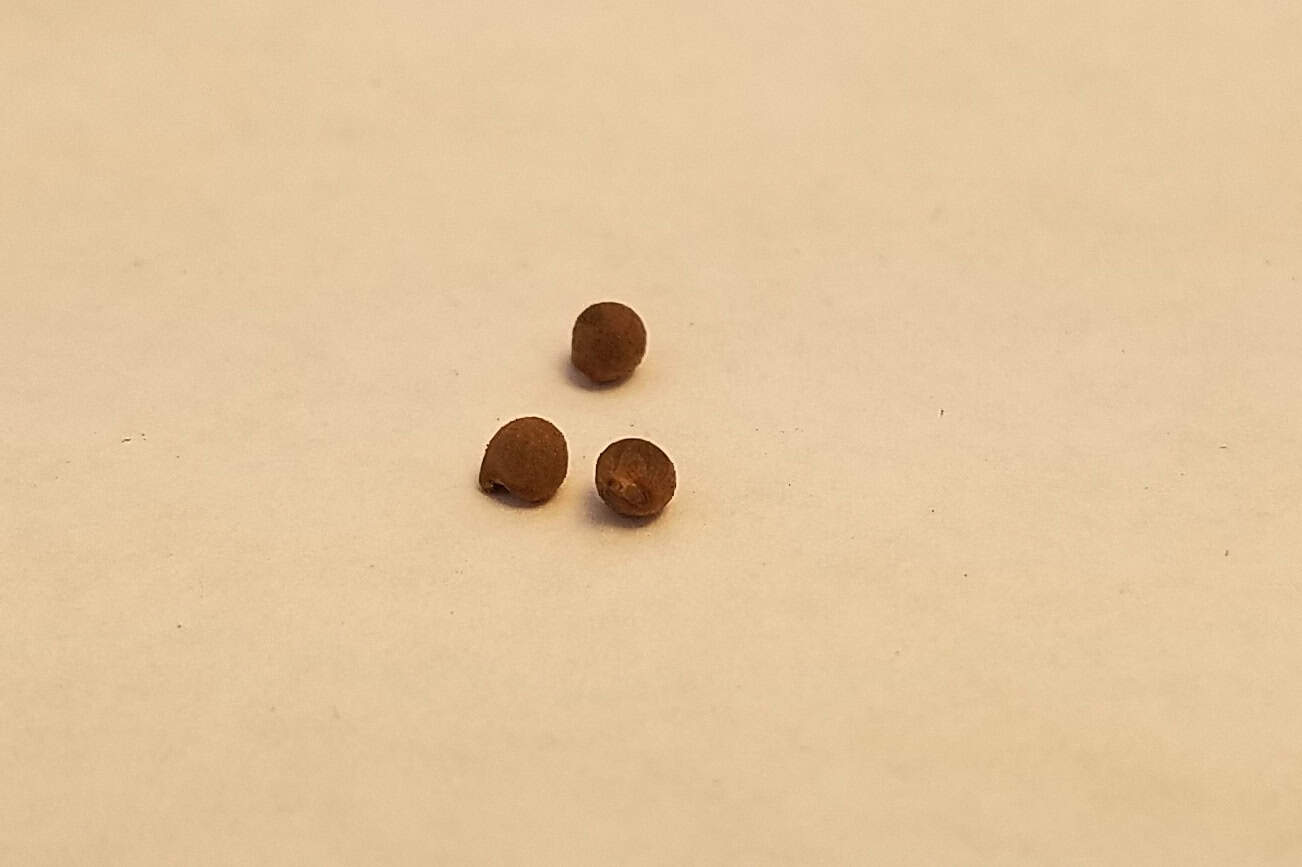Hibiscus moscheutos
Crimson-Eyed Rosemallow, Swamp Rosemallow


















General
This species is pollinated by bees and is a good food source for many species of birds, including hummingbirds. The large, showy flowers make this an attractive native ornamental species. It is best planted in marshes, wet meadows, and other open areas with periodically flooded soils.
Plant Description
Shrubby herbaceous plant. Large (4-8in wide), showy flowers are often light pink, but range in color from white to deep pink. Most flowers have a crimson center. Leaves are about as long as flowers are wide (3-8 in) and are toothed. Some leaves are lobed.
Height (ft)
3-8'
Soil moisture
Wet
Soil types
Coarse to fine organically-rich soils
Wetland indicator
OBL
Shade tolerance
Intolerant
Bloom color
Usually pink, Can be white or red
Bloom period
Summer
Drought tolerance
None
Salinity tolerance
Medium
Range
Eastern and Central United States (except Vermont, Maine, Minnesota, and Iowa) west to New Mexico. Disjunct populations in California and adventive populations in North Dakota, Utah, and Washington.

Kartesz, J.T. 2024. Floristic Synthesis of North America, Version 1.0. Biota of North America Program (BONAP) [website http://bonap.org/]
Additional Information
According to Washington College, this species was used by indigenous tribes, specifically the Shinnecock tribe near modern day Long Island, NY. They would use the dried stems of this species to treat infections. The leaf buds, young leaves and flowers are also edible (raw or cooked however we suggest doing your own research if you decide to ingest this species.) The seeds, when they turn dark brown, can be roasted and used as a decaffeinated coffee substitute. (Washington College, 2024.)
